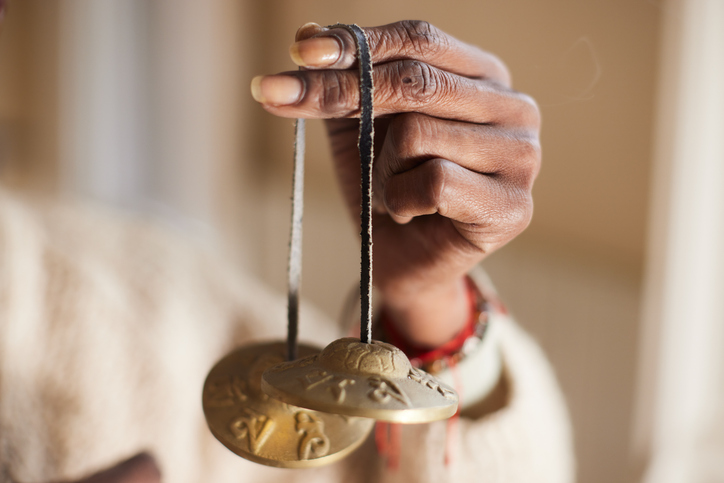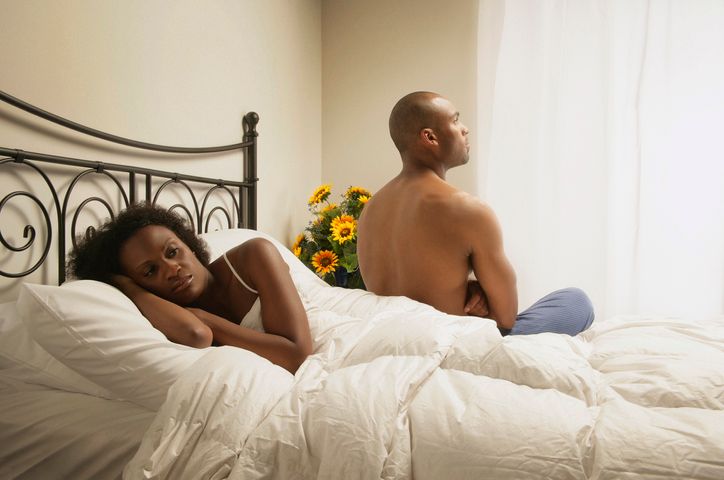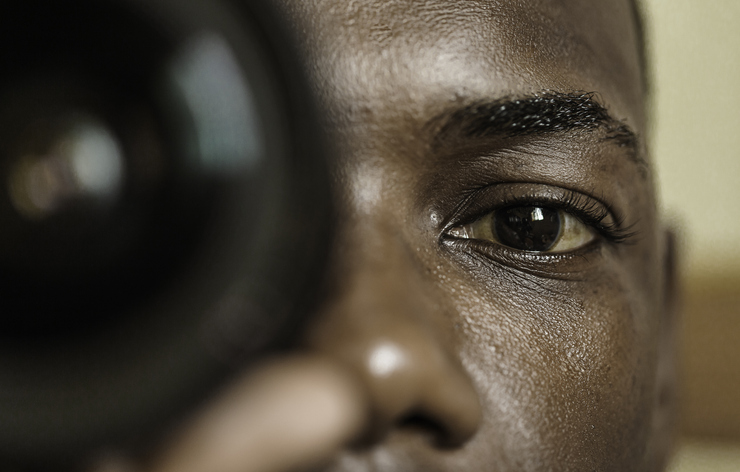A Beginner’s Guide to Frequency Healing

Source: Tempura / Getty
Have you ever been having just one of those days, you’re in a bad mood, you’re feeling anxious or irritable, then you get in the car and a song comes on and the sound of the music just…touches something within you that brightens your whole day?
Believe it or not, that moment of musical joy may have been your mini introduction to the art of frequency healing.
Frequency healing, also known as “sound healing” or “vibrational healing” is a therapeutic practice that uses certain sound frequencies and musical vibrations to promote physical, emotional, and spiritual well-being. Yes, your mood and even your physical health can improve through the power of sound.
There are several ways to practice frequency healing to help with anxiety, memory, even blood pressure. Here’s all you need to know to get started.
What is “frequency healing?”
Frequency healing or sound healing helps soothe the body and mind into a sound state. It’s a practice used by monks in Gregorian times during meditation. It’s practiced using what’s known as sound baths or total immersion in the healing frequencies. You can create these healing healing sound baths using sound bowls and tuning forks. Gongs, chimes, and even chanting are also used.
While study about it’s efficacy is still underway, sound healing is being used by therapists and physicians to help patients reduce anxiety, sleep better, ease pain, and strengthen the muscular-skeletal system. Sound healing is believed improve your mood, promote better brain health, memory and cognition, even reduce blood pressure.
How does it work?
A frequency is the rate-per-second of the vibration that makes what we know as “a sound wave.” These sound waves are measured in ‘hertz’ (or Hz). In frequency healing, there are two frequencies that resonate with the body: 432Hz and 444Hz. There are also other tunings – such as 396, 417, 528, 639, 741, 852 – which each have their own healing frequency. For example, 396Hz is said to help with grief.
The sound vibrations of these frequencies communicate with the vagus nerve which is connected to the eardrum. This helps move the body into a more relaxed, restful state.
Are there side effects?
While the studied side effects of frequency healing are mostly positive, practicing sound therapy can lead to some temporary discomfort. Some people may experience headaches or dizziness if exposed to certain sounds or frequencies for extended periods of time. There’s also the possibility of sensory overload and overwhelm from the multiple sounds and vibrations used during frequency practices. People with auditory sensitivities may experience these reactions and should consult a doctor before trying frequency healing.
How can I practice frequency healing myself?
There are several ways that you can practice frequency healing at home.
In addition to using instruments like sound bowls and tuning forks, there are YouTube channels that play frequency healing songs as well as meditation apps.
If all this is sounding a bit woo-woo to you, you don’t have to whip out the sound bowls and gongs quite yet. Studies show that the everyday music we listen to or even create can also have healing and soothing properties. Certain sounds positively affect neurotransmitters in the brain that produce dopamine and serotonin which can influence focus and concentration, and impact sleep patterns, anxiety, and pain.
You can access the healing power of sound through singing, playing an instrument, listening to music, or you can experiment with sound baths and sound therapy. Whatever your choose, frequency healing is an emerging tool that helps people find peace and calm in their minds and bodies. Supplement healing frequencies with prayer and meditation feel the wave of calm wash over you.
DON’T MISS…
A Beginner’s Guide to Sound Baths
What Makes A Song Good? Jonathan McReynolds, Tina Campbell & More Sound Off
Everything You Need To Know About The ‘Sound of Hope’ Movie Produced By Letitia Wright












